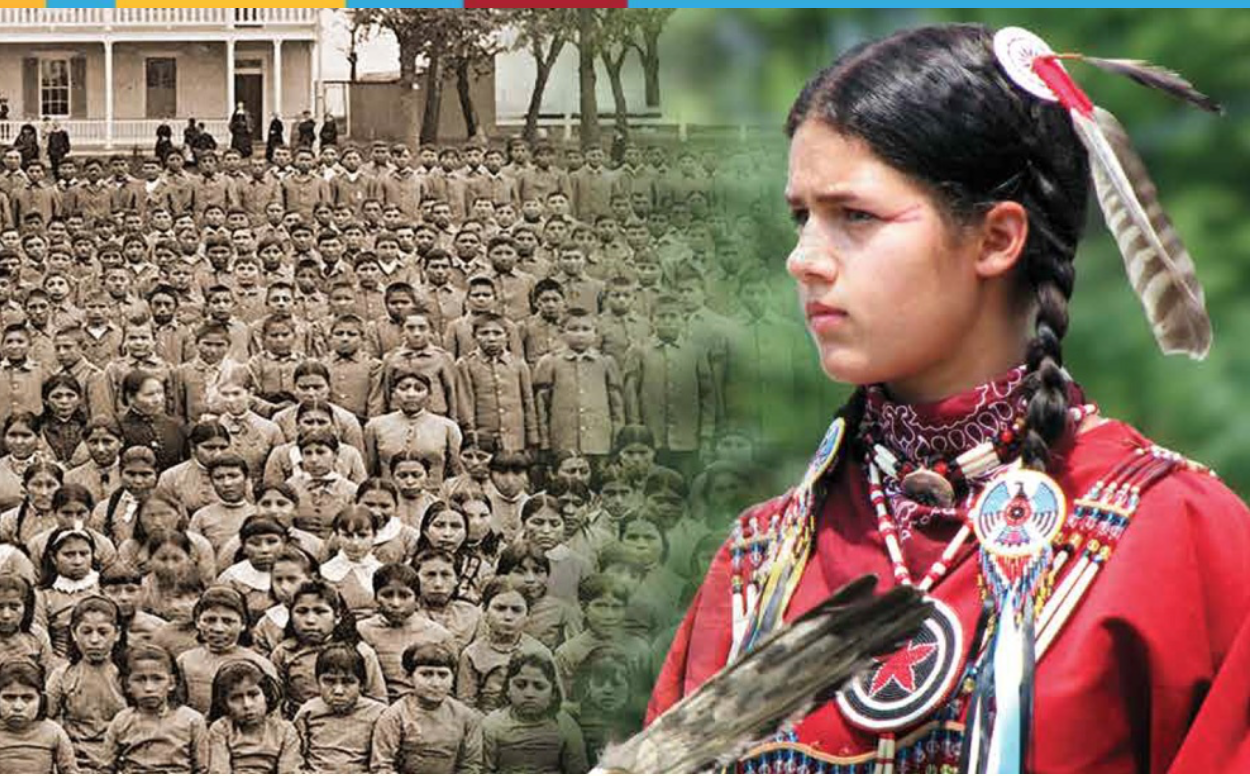
This week, we offer a guest post from our colleague Maggie Downing, Manager of Digital Imaging at the Conservation Center for Art and Historic Artifacts.
In the past year and a half, as everyone abruptly shifted to experiencing the world through screens, I noticed a sudden uptick in requests for advice on large-scale digitization initiatives. As libraries, archives, and museums had to close their doors to visitors and researchers, there was a desire to put all of their resources online as soon as possible. I urged a slower and thoughtful approach to digitization through a series of Digitization 101 webinars. In prioritizing collections, I asked collections stewards to consider what materials they may need to limit access to due to copyright, embargo, personally identifying information, or cultural sensitivity, particularly for those with materials related to Indigenous communities. While the first three access issues are fairly straightforward, the last may seem less so. For institutions that hold Indigenous materials, decisions related to access are more nuanced than a simple yes or no answer to whether materials should be made public or private.
Thankfully, there is a set of Protocols for Native American Archival Materials to aid such decisions, which have been written about in a previous post in this blog series. Developed by First Archivist Circle and representatives from Native American, First Nations, and Aboriginal communities, the Protocols serve as a set of guidelines for addressing the description of and access to Native American collection materials, particularly in non-Native archives. The Protocols provide recommendations in 10 key areas:
- Building Relationships of Mutual Respect
- Striving for Balance in Content and Perspectives
- Accessibility and Use
- Culturally Sensitive Materials
- Providing Context
- Native American Intellectual Property Issues
- Copying and Repatriation of Records to Native American Communities
- Native American Research Protocols
- Reciprocal Education and Training
- Awareness of Native American Communities and Issues
While the Protocols provide excellent guidelines, it can be helpful to see how institutions have adopted and adapted these guidelines for specific collections and audiences. After formally endorsing the Protocols in 2018, the Society of American Archivists (SAA) published an ongoing series of insightful case studies. There are currently four:
- Archival Initiatives for the Indigenous Collections at the American Philosophical Society by Brian Carpenter
- Northern Arizona University’s Cline Library and the Protocols by Jonathan Pringle
- Access Policies for Native American Archival Materials in the National Anthropological Archives, Smithsonian Institution by Diana E. Marsh, Robert Leopold, Katherine Crowe, and Katherine S. Madison
- Our Sustained Commitment to Native Communities: Adoption of the Protocols as Ongoing Collection Management Process by Brave Heart Sanchez, Elizabeth Dunham, Renee D. James, Joyce Martin, Lorrie McAllister, Allinston Saulsberry, Alexander Soto, and Alana Varner
Additional resources addressing the nuanced approach needed to digitize Indigenous archival materials include:
Siobhan Senier’s Digitizing Indigenous History: Trends and Challenges, which reminds us that the colonial roots of collecting Native American materials by non-Native institutions requires extra steps to provide additional context and care.
Alex Byrne’s Digitizing and Handling Indigenous Cultural Resources in Libraries, Archives and Museums, which addresses Indigenous collections in Australia and the “Aboriginal and Torres Strait Protocols for Libraries, Archives and Information Services,” a similar set of guidelines to the Protocols for Native American Archival Materials.
Karine St-Onge’s Digital Ethics and Reconciliation in Libraries and Archives, which provides recommendations and case studies for the curation of digital objects that have been co-curated with Indigenous communities, including research data, archival materials, and digitized materials.
Many other resources are linked through SAA’s "Protocols for Native American Archival Materials": Information and Resources Page.
The Protocols are not meant to discourage the digitization and dissemination of Indigenous materials, but are intended to encourage the practice in a thoughtful way. Creating access to Indigenous materials not only has scholarly research value and promotes cross-cultural exchange of ideas, but it can also aid in generational healing. In one example, the National Native American Boarding School Healing Coalition has been digitizing and collecting dispersed records related to Native American boarding schools in an effort to tell a complete history of this system. The Coalition provides a wide range of resources dedicated to understanding and healing the trauma caused by the boarding school system.
For a list of allied organizations and groups that focus on work with and for Indigenous archives, visit SAA’s resource list Allied Organizations, Groups, and Programs.
This is part of a biweekly blog series on sharing information, promoting resources, encouraging discussion, and amplifying the voices of Black, Indigenous, and People of Color (BIPOC) doing antiracism work in archives, museums, history sites, and library special collections. DHPSNY is committed to supporting the diverse network of collecting institutions that safeguard and ensure access to historical records and library research materials across New York State. To learn more, visit our first blog post in the series.
Image: Detail, Website Banner: National Native American Boarding School Healing Coalition.